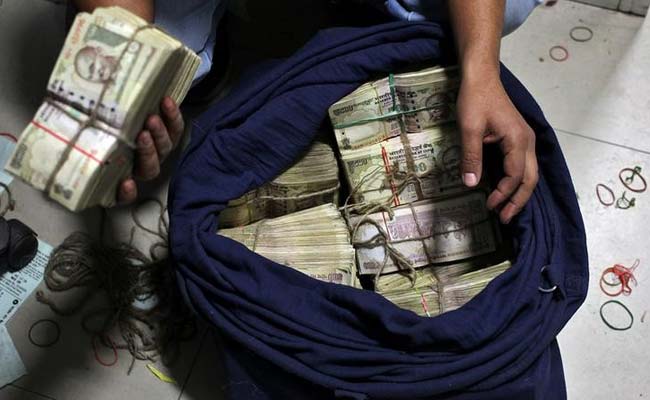
This potential of windfall earnings from treasury gains comes at a time when banks are facing significant challenges, from bad assets to weak credit growth to capital requirement for new regulatory norms. The profitability levels of Indian banks have been hit owing to continued pressure on asset quality and weak loan growth.
Banks in general largely invest in central government or treasury bonds. In fact, they are the largest holders of government bonds, about Rs. 29 lakh crore, as on November 11, 2016, says the report. A fall in interest rate increases the price of bonds. Starting January 2015, the Reserve Bank of India made a series of repo rate cuts, reducing it by 175 basis points in the wake of falling inflation.
A surge in bank deposits, due to demonetisation, will also increase demand for government and high-rated corporate bonds, and is likely to put keep bond prices buoyant, the report said.
For public sector banks in particular, the gains from treasury could be a big sweetener given that they reported Rs. 17,700 crore loss in FY16. Public sector banks have already reported significant treasury gains of Rs. 17,400 crore in the first half of this financial year.
Prime Minister Narendra Modi had announced the ban on 500 and 1000 rupee notes on November 8 in a move aimed at eliminating money laundering and black or untaxed money. It wiped out 86 per cent of the money in circulation worth Rs. 15.44 lakh crore. About Rs. 13 lakh crore of the banned notes have been deposited into the banking system.
Analysts say that even if withdrawals restrictions are eased in the future, banks are likely to be net gainer in terms of deposits as demonetisation will bring a large chunk of the informal economy into the banking system.
India Ratings however cautions about the sustainability of the treasury gains. “Excess treasury gains are a one-off and carry an inherent exogenous risk of reversal. Hence, prudent risk management and portfolio churning would ensure sustainability of the gains,” it said.










